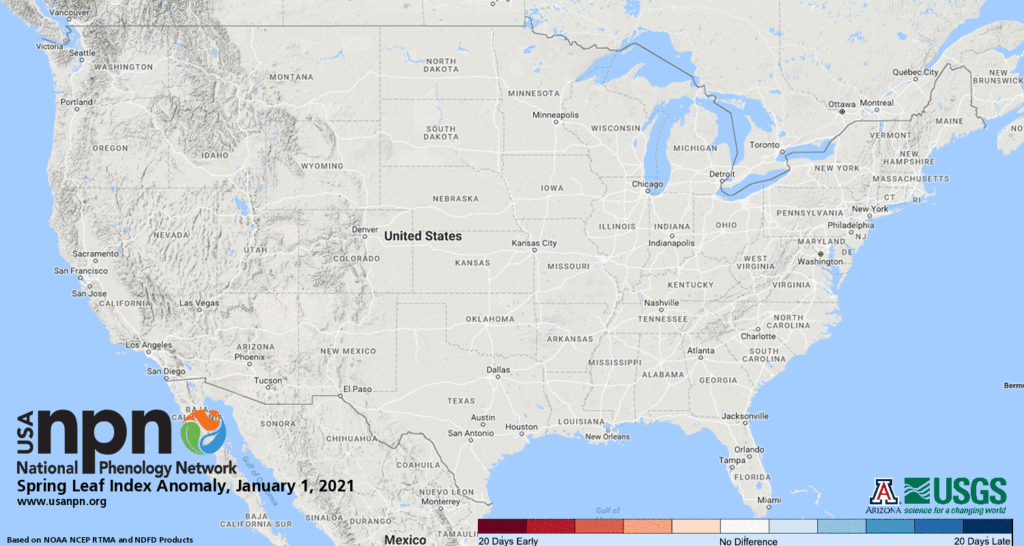
How does a bear know when it’s time to hibernate? Why do April showers bring May flowers? How does the incoming Brood X cicada group know when exactly to emerge? Plants and animals don’t have calendars or watches, but many of them take cues from the changing seasons.
Studying the timing of these biological processes is known as phenology, so you already know what it is, you just don’t know you know. Phenology is nature’s calendar—when cherry trees bloom, when a robin builds its nest and when leaves change color in the fall.
From the tourism industry driving tidal basin Cherry trees to the nationally treasured Oaks rooted in district parks, a phenological examination can inform biological response at a ground scale.
The phenological progress is one that affects individuals, populations to entire species; its interconnection is dismissible. At Casey Trees, we are interested in understanding the interconnection of seasonality in a changing climate. These biological changes, occurrences and patterns in the natural world are heightened in an urban environment.
As tree people, we’re also really interested in phenology as it relates to tree leaves and the emergence of pests that threaten our beloved trees. Pheno Forecast maps from the National Phenology Network indicate, for a specified day, the status of the common tree pests’ target life cycle stage in real time across the contiguous United States. That helps us know when the best time is to take action to most effectively control pest species that haunt our beloved trees.
While they don’t have Brood X data, in addition to pest maps, USA-NPN data lets you watch trees leaf out and bloom across the country!
Observing phenological events have indicated the natural calendar’s progress since agricultural times. From sayings like “If oak’s before ash, you’re in for a splash. If ash before oak, you’re in for a soak” to “April Flowers, Bring May Flowers”, humans have sought to understand nature’s calendar. These changes in weather signal to different organisms to enter new stages of their development. From birds nesting to their dependence on insects’ availability to feed their young, this synchronicity influences the abundance and distribution of organisms, ecosystem services, food chains, water cycles and more.
Robert Marsham, in 1736 was the first to keep systematic records and indications of spring on his estate in Norfolk. From flowering to buds emerging and bursting to bugs in flight, generations to Marsham families maintained records of these “phenophases” for an unprecedented period of time, eventually ending when Mary Marsham passed in 1958. The term was introduced in 1853 by a Belgian Botanist Charles Morren who derived it from the Greek word phainos meaning to appear, to bring to light or view. It became the science for all seasons, species and locations. From the leafing, flowering and fruit production time extents of plants to the molting, mating and migration of animals that rely on them.

